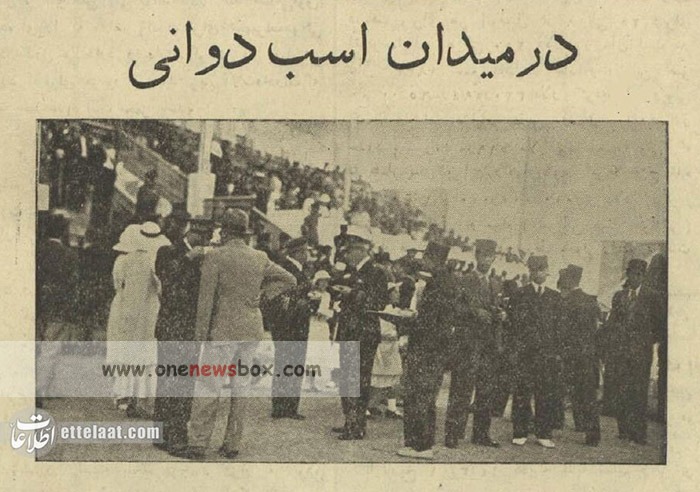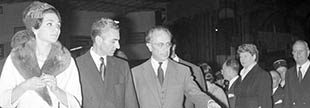In contrast, the northern sector bustles with activity. Here one can find basketball and volleyball courts, ping-pong tables, and chessboards built into public seating areas. These features make Laleh Park one of the most multifunctional urban parks in Iran, catering to both those seeking exercise and those seeking relaxation or contemplation.
Adding to its unique character, Laleh Park also includes a puppet theater center—an institution that continues to entertain children with performances rooted in Iranian folklore. A mosque located within the park grounds serves spiritual needs, further integrating religious and cultural life into the public sphere.
Post-Revolution Era: From Farah to Laleh
In the wake of the 1979 Iranian Revolution, the park’s name was changed to reflect the country’s new political realities. Initially renamed Khosrow Golsorkhi Park, in honor of the Marxist revolutionary who was executed by the Shah’s regime, the park was later renamed again to Laleh Park—meaning “Tulip Park” in Persian. The tulip is a symbolic flower in Iranian culture, associated with martyrdom and national pride.
Despite the name change and the shifting political climate, the infrastructure, botanical layout, and cultural institutions of the park were largely preserved. Over the decades, Laleh Park continued to serve as a place of gathering, dialogue, and reflection for Tehran’s residents.

